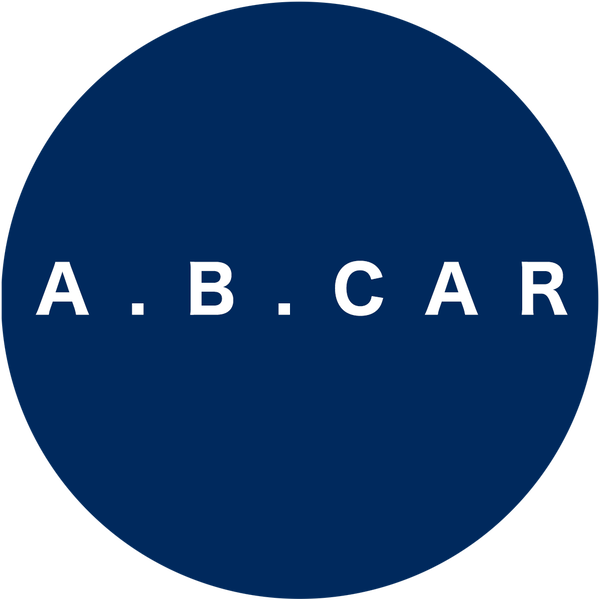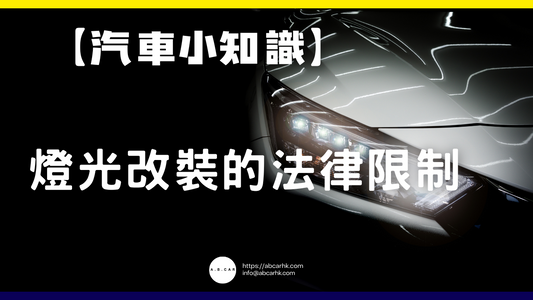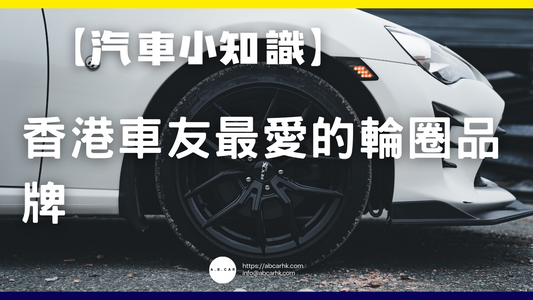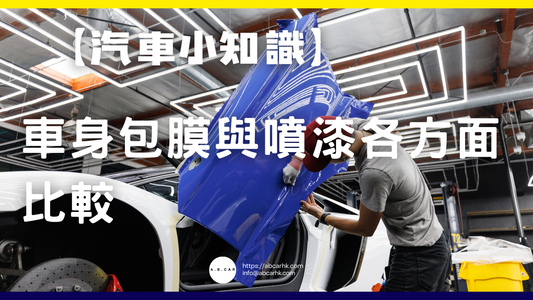[Road Trivia] Why are Hong Kong taxis divided into three types: red, green and blue?

As you navigate Hong Kong's streets, whether in the city center or in the rural New Territories, one of the most common modes of transportation is undoubtedly the taxi. But a closer look reveals that Hong Kong taxis come in three colors: red, green, and blue. This isn't simply a design choice; it's rooted in institutional, historical, and regional specifics, and the intrigue is far greater than you might imagine. As a car editor, I'll dedicate this article to a professional yet grounded analysis of this classic trivia: " Why are Hong Kong taxis red, green, and blue? "
1. Hong Kong taxis are divided into three colors: red, green and blue
1. Red Taxi (Urban Taxi)
2. Green Taxi (New Territories Taxi)
3. Blue Taxi (Lantau Taxi)
2. The Origin and Historical Background of Color Classification
1. Urban development and population migration
In the 1960s, Hong Kong's population surged, and the urban areas (Hong Kong Island and Kowloon) were overcrowded. Planning for new towns began in the New Territories, but transportation infrastructure lagged behind, and public transportation was inadequate.
2. Regional transportation needs vary
Urban transport demand is huge, and the number of taxis needs to be controlled to avoid excessive competition. Rural New Territories, due to their vast geographical area and insufficient bus/minibus coverage, require independent taxi services to facilitate access for residents.
3. Control areas and divert operations
In order to balance taxi capacity in different regions, the government first introduced the concept of "regional restrictions" in 1974 , dividing taxi services into different areas and using different colors to facilitate identification and law enforcement.
3. Detailed analysis of the three types of taxis
1. Red Taxi (Urban Taxi)
- Service area : Hong Kong Island, Kowloon and most of the New Territories (except Lantau Island and some remote areas).
- Quantity : Maximum (approximately 15,000 units)
- Fees : The metered fare is the most expensive (currently starting at $27), mainly in urban areas.
- History : The earliest taxi to appear, formerly known as "urban taxi".
- Features : High degree of freedom, can be used in most urban areas and the New Territories, bright colors for easy recognition, and the vehicles are generally newer.
Editor's comments:
Red taxis are a symbol of everyday life in Hong Kong and Kowloon, and can be found on nearly every street and alley. As a tourist or office worker, the most common taxi you'll see is undoubtedly red. Because they cover the widest range, taxi drivers are more adept at navigating the city's busy traffic and possess a deep familiarity with the roads.
2. Green Taxi (New Territories Taxi/NT Taxi)
- Service scope : New Territories (excluding Lantau Island, Ma Wan, Disneyland, Airport, etc.).
- Quantity : Approximately 3,400 units.
- Fees : Same as taxi (currently starting at $23.5).
- History : In the 1970s, the population of the New Territories increased significantly, and demand increased. In 1976, the government launched green taxis to serve the New Territories.
- Features : Passengers can only be picked up and dropped off within the New Territories and cannot enter the urban area (except for Hong Kong Island and most areas of Kowloon. In special circumstances, it can return to the urban area but cannot pick up passengers).
Editor's comments:
Green taxis, known as "Friends of the New Territories," primarily serve Yuen Long, Tuen Mun, Sheung Shui, Fanling, Tai Po, Ma On Shan, and Sha Tin. For those living in the New Territories, green taxis are a welcome respite from the city. However, sometimes, if you're trying to get from the New Territories to Kowloon, a green taxi will only take you to the district boundary, where you'll need to transfer to a red taxi. This can be a bit inconvenient, but it perfectly reflects the unique characteristics of Hong Kong's transportation system.
3. Blue Taxi (Lantau Taxi)
- Service area : Lantau Island and nearby outlying islands (including Tung Chung, Mui Wo, Ngong Ping, Cheung Sha, Discovery Bay, Disneyland and Airport Island, etc.).
- Quantity : Minimum, only about 75.
- Fees : Cheapest (currently starting at $22).
- History : Due to the special transportation conditions and dispersed population of Lantau Island, the government established blue taxis in 1983 to serve the area.
- Features : Can only carry passengers within Lantau Island, not to the urban area or the New Territories.
Editor's comments:
Blue taxis are considered a rare breed, mostly only seen by tourists visiting Lantau Island. Due to their limited availability, waiting times can be quite long on holidays. Blue taxi drivers are typically well-versed in Lantau's village and mountain roads, and their driving skills are top-notch!
4. The Social Significance of Color and Regional Division
1. Management and Planning
The color-coded system allows for targeted management of the number of taxis, fares and service quality in different areas, preventing urban taxis from flooding into the New Territories to compete for business and preventing rural residents in the New Territories from being left without taxis.
2. Convenient law enforcement
The police and the Transport Department can tell at a glance whether a taxi is "picking up passengers outside its designated area", making law enforcement more efficient.
3. Easy for citizens to identify
Locals or tourists only need to look at the color to know whether a taxi can take them to their destination, reducing misunderstandings.
4. Flexible handling
In the event of natural disasters or sudden large-scale events (such as the Sha Tin Horse Racing or airport traffic jams), the government can temporarily relax regional restrictions and mobilize taxi resources in various districts.
5. Common Misunderstandings and Interesting Facts
1. "Are red taxis necessarily the most expensive?"
In fact, red taxis are generally the most expensive, but because they can go directly to the city center, if you have to change taxis or wait for a green taxi to transfer to a red taxi, the total price may be similar.
2. "Will the tri-color taxis change zones?"
The same car cannot change color or license plate at will, but sometimes due to government policy adjustments, individual car owners apply to change zones.
3. “Why are there so few blue taxis?”
Lantau Island has a limited number of residents and tourists, and demand is much smaller than in the urban area and the New Territories. Coupled with strict license plate restrictions, blue taxis have become a "niche service."
4. "Are there any yellow taxis?"
There are no yellow taxis in Hong Kong. Yellow is a color reserved for learner vehicles (i.e. vehicles for learning to drive) and has nothing to do with taxis.
6. Editor’s Observations and Thoughts
- **The three-colour taxi system reflects Hong Kong's unique geography and population distribution, and bears witness to the wisdom of urban planning. **Every time I take a red taxi from the city to the New Territories, I feel a sense of ritual as I "cross the border," and I understand that each district in Hong Kong has its own unique rhythm of life.
- As an experienced car user, I appreciate the professionalism and local sentiment of taxi drivers the most, especially the blue taxi drivers, who are familiar with the road conditions of Lantau Island's "eighteen bends" and are the real "earth darlings among the earth"!
- Sometimes residents in the New Territories want to go into the city but have to deal with the hassle of changing buses, which also illustrates the zoning characteristics of Hong Kong's public transportation.
VII. Summary
Hong Kong taxis are divided into three colors: red, green and blue, and behind them is a carefully designed regional diversion system.
This not only facilitates management and improves service, but also responds to Hong Kong's unique geography, population, and transportation needs, demonstrating the flexibility and innovation of Hong Kong's transportation planning. The next time you see a tricolor taxi on the street, take a closer look at this vibrant Hong Kong character and experience the historical stories and human touch behind each color!
If you want to know more about Hong Kong traffic trivia and interesting stories about the three-color taxis, please leave a message and the editor will add more for you!



